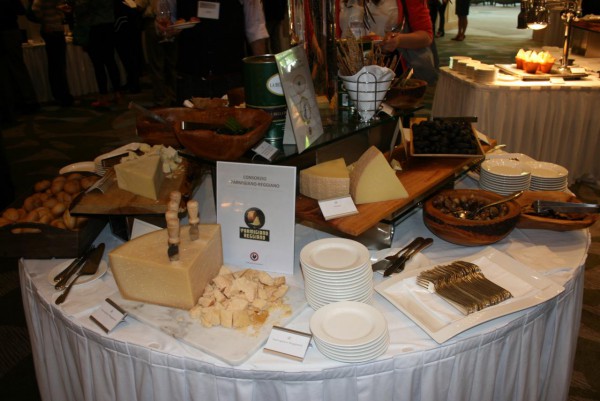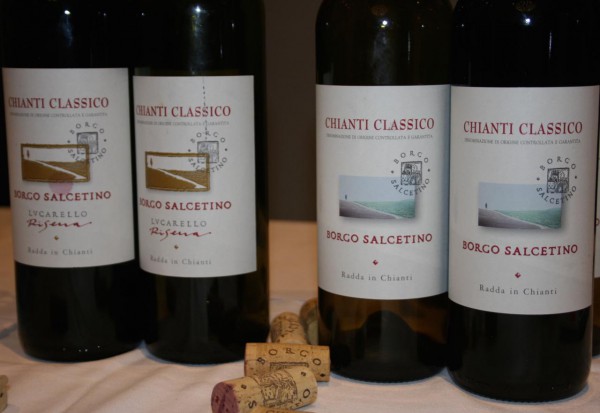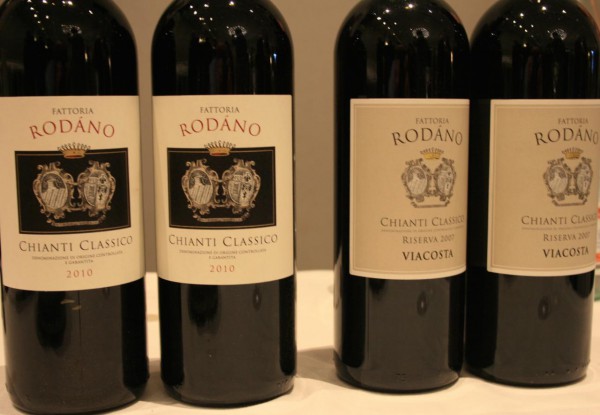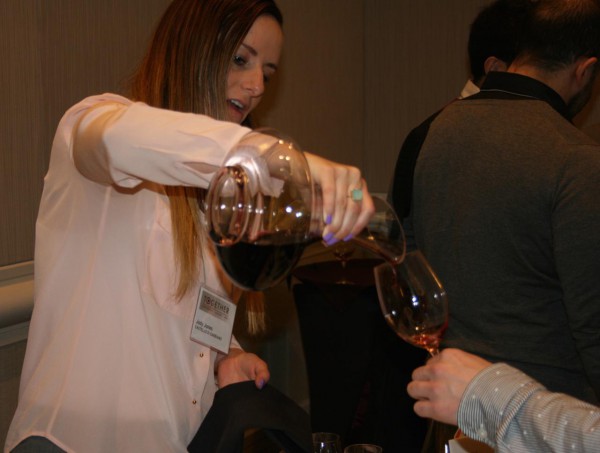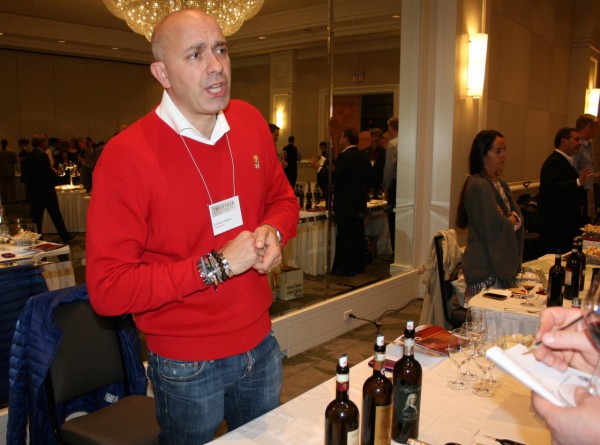If you are of a certain age, the word Chianti will make you think of the straw-basketed wine fiasco bottles of early college days. Admit it, you stuck a candle in the bottle once it was empty and it became a romantic centerpiece when you decided to impress a date with your culinary skills.
Well that was then and this is now. Yes, you can still get the straw covered Chianti wine bottles and they are affordable and go nicely with a spaghetti dinner or a Friday night pizza – no wonder they were a university standby. However, Italy has come a long way with their wine-making skills and now they are better than ever. They combine the very best of tradition and modern technology.
Tuscany is a land steeped in history and its wine-making history goes back ages. Chianti is a region roughly in the middle of Tuscany and is bordered to the north by the city of Florence and in the south by Siena. This is the land of the best Sangiovese grown in Italy.
Sangiovese typically has firm tannins and bright acidity, which makes it a wine that pairs so well with foods from the region. It tends to have aromas of tart cherry, plum, strawberry, raspberry and dried herbs. Flavours include cherry, savory, earthy and rustic.
Look for the ‘Gallo Nero’ or Black Rooster, which is the historical symbol for Chianti Classico and now is the official marking of the Chianti Classico Wine Association.
Chianti Classico contains a minimum of 80% Sangiovese grapes with the optional addition of grapes such as Colorino, Canaiolo, Malvasia Nera, Merlot, Cabernet, and/or Syrah to add a note of complexity.
I attended a Chianti tasting and twenty producers poured three wines each, a Chianti Classico, a Chianti Riserva and a Chianti Gran Selezione – good, better, best if you will. It was only in 2013 that the association developed the new top tier of Chianti, Chianti Classico Gran Selezione. To qualify, these wines must be from a single vineyard or from a selection of the estates best grapes. They must be aged for a minimum of 30 months, including 3 months of bottle aging. There are also strict controls concerning flavour and aroma profiles.
Some standouts at the tasting include:
• Castello di Gabbiano Chianti Classico DOCG Riserva 2011
• Marchesi Antinori Chianti Classico DOCG Gran Selezione Badia a Passignano 2009
• Cennatoio Chianti Classico DOCG Avorio 2012
• Castello di Fonterutoli Chianti Classico DOCG Riserva Ser Lapo 2011
• Castello di Fonterutoli Chianti Classico DOCG Gran Selezione 2011
• Rocca delle Macie Chianti Classico DOCG Riserva Famiglia Zingarelli 2011
• Rodano Chianti Classico DOCG 2010
• Istine Chianti Classico DOCG Vigna Casanova 2012
• Vignavecchia Chianti Classico DOCG 2012
• Castello di Cacchiano Chianti Classico DOCG Riserva 2007
• Castello di Cacchiano Chianti Classico DOCG Gran Selezione Millennio 2009
• Rocca di Castagnoli Chianti Classico DOCG Riserva Poggio a’ Frati 2011
• Borgo Scopeto Chianti Classico DOCG Riserva Vigna Misciano 2011
• Felsina Chianti Classico DOCG Riserva Rancia 2011
These wines provide good value. Chianti runs about $12 – $20, Chianti Classico $15 – $25, Chianti Classico Riserva $18 – $35 and Chianti Gran Selezione $40 – $90. And yes, there are a few rare Chiantis that even sell for over $300.
Canada is fourth out of sixty countries that import Chianti, which represents 10% of all Chianti exports. So do your part. Make some Italian dish for dinner, a stew, roast, spaghetti or pizza and crack open a bottle that will make it just perfect – Chianti Classico!



